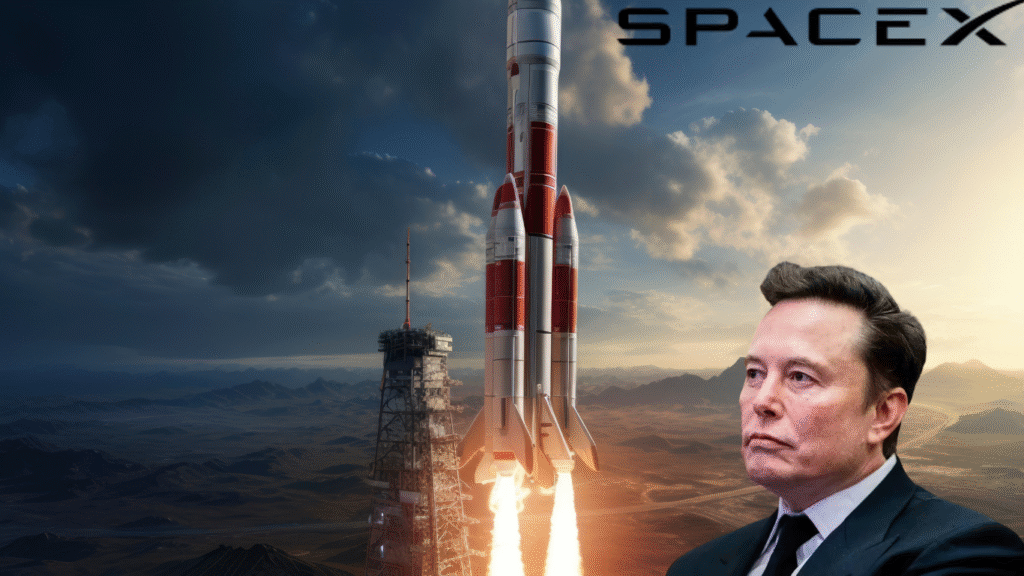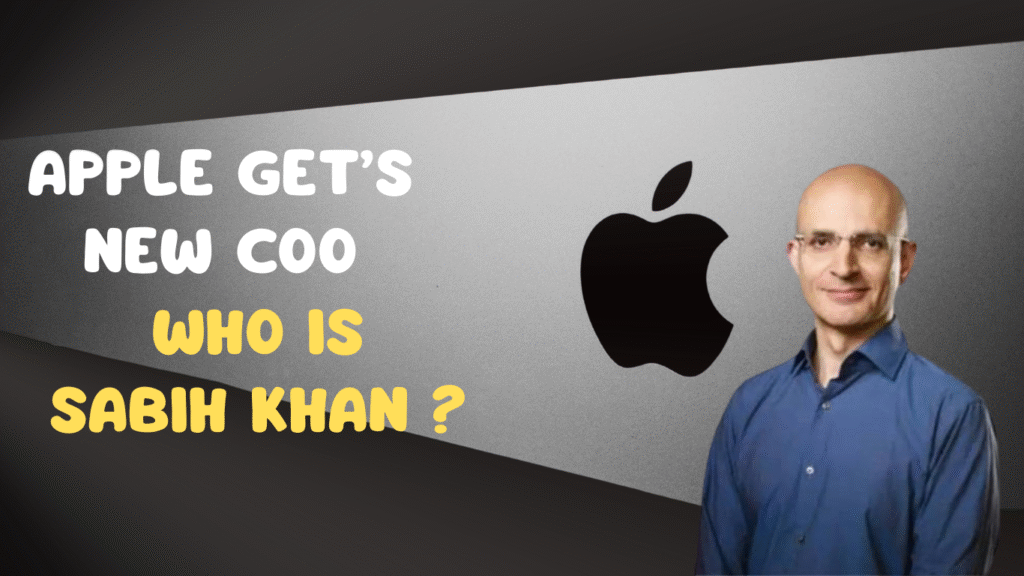
The Revolutionary Vision Behind Starlink Technology
ELON Musk’s ambitious vision for global connectivity has transformed from science fiction into reality through STARLINK technology. This groundbreaking satellite internet constellation, developed by SPACEX, represents one of AMERICA’s most significant technological achievements in space-based communications. The system leverages cutting-edge satellite technology to deliver high-speed internet to even the most remote corners of the Earth, fundamentally changing how we think about global connectivity.
The STARLINK project began as part of Musk’s broader vision to make humanity a multiplanetary species. SPACEX, founded in 2002, has evolved from a rocket company into a comprehensive space technology enterprise that includes satellite internet services34. The American aerospace giant has demonstrated remarkable innovation in reusable rocket technology, which directly enables the cost-effective deployment of STARLINK satellites56.
What makes STARLINK particularly revolutionary is its integration with other advanced technologies, including AI systems. The satellites utilize sophisticated artificial intelligence for autonomous collision avoidance and network optimization17. This technological synergy extends to Musk’s other ventures, including GROK AI, which represents the next generation of intelligent systems that could potentially integrate with satellite networks for enhanced global communication capabilities89.
The STARLINK constellation operates fundamentally differently from traditional satellite internet systems. While conventional satellites orbit at geostationary altitudes of approximately 35,786 kilometers, STARLINK satellites operate in low Earth orbit (LEO) at around 550 kilometers above Earth’s surface1011. This proximity dramatically reduces latency from 600+ milliseconds to just 25-50 milliseconds, making real-time applications like video conferencing and online gaming feasible via satellite internet1213.
Understanding Starlink’s Low Earth Orbit Technology

STARLINK’s technological superiority stems from its innovative use of low Earth orbit satellites, which operate at altitudes between 340-550 kilometers above Earth. This positioning provides several critical advantages over traditional geostationary satellites. The reduced distance means signals travel faster, resulting in significantly lower latency that enables real-time applications previously impossible with satellite internet.
Each STARLINK satellite features a compact, flat-panel design that minimizes volume while maximizing functionality. The satellites are equipped with advanced phased array antennas that can dynamically direct signals toward users while avoiding interference with another spacecraft. This beamforming technology allows for precise signal placement and optimal bandwidth distribution across the coverage area.
The constellation’s architecture requires thousands of satellites working in coordination to provide seamless global coverage. As of 2025, SPACEX has launched over 7,600 active satellites, with plans to expand the constellation to as many as 42,000 satellites. This massive scale enables the system to provide consistent coverage as satellites move across the sky at approximately 27,000 kilometers per hour.
STARLINK satellites utilize sophisticated inter-satellite links (ISLs) using laser communication technology. These optical links allow satellites to communicate with each other directly, reducing dependency on ground stations and enabling truly global coverage, even over oceans and polar regions. The system’s redundancy ensures that if one satellite moves out of range, another seamlessly takes over the connection.
The ground infrastructure consists of user terminals, affectionately known as “Dishy McFlatface,” which feature advanced aperture-coupled patch antennas. These terminals automatically align with passing satellites and maintain connections through sophisticated tracking algorithms. The system requires no manual adjustment or professional installation, making it accessible to users worldwide.
SpaceX: The American Aerospace Giant Behind Starlink
SPACEX represents one of AMERICA’s most successful private aerospace companies, founded by ELON Musk in 2002 with the revolutionary goal of making space travel more affordable and accessible. The company has achieved numerous historic milestones, including becoming the first private company to send astronauts to the International Space Station and developing the world’s first fully reusable orbital rocket system.
The success of STARLINK is directly attributed to SPACEX’s innovative approach to rocket technology. The company’s Falcon 9 rocket, which has completed over 500 missions, provides the cost-effective launch capability necessary for deploying thousands of satellites. The reusability of Falcon 9 boosters has revolutionized the economics of space access, making the STARLINK constellation financially viable.
ELON Musk’s leadership has been instrumental in driving both SPACEX and STARLINK to unprecedented success. As CEO and Chief Product Architect, Musk oversees all aspects of satellite development, from design to deployment. His vision extends beyond Earth-based internet to include interplanetary communication systems, with plans for STARLINK-like networks on Mars.
The American innovation behind SPACEX has created a new paradigm in the global space industry. The company’s vertically integrated approach, manufacturing everything from rocket engines to satellite components in-house, has enabled rapid innovation and quality control. This American-led technological advancement has positioned the United States as a leader in commercial space activities and satellite internet services.
SPACEX’s success with STARLINK has demonstrated the potential of private American companies to tackle complex global challenges. The company’s ability to deploy satellites at scale while maintaining high reliability standards has set new benchmarks for the aerospace industry. This achievement represents a significant contribution to American technological leadership in space exploration and communications technology.
Grok AI and Starlink: The Future of Intelligent Connectivity

Grok is an AI chatbot by Elon Musk’s xAI, designed for real-time, intelligent conversations.
Starlink is SpaceX’s satellite internet network, providing fast global connectivity using advanced AI.
The integration of artificial intelligence with satellite technology represents the next frontier in global communications, exemplified by the potential synergy between STARLINK and GROK AI. GROK, developed by ELON Musk’s Xai company, represents a new generation of conversational AI systems designed to understand and respond to complex queries with unprecedented sophistication.
GROK AI distinguishes itself from other AI systems through its real-time information access capabilities, particularly its integration with social media platforms for current data. This real-time processing capability makes it an ideal candidate for integration with STARLINK’s global satellite network, potentially enabling AI-powered network management and optimization across the constellation.
The STARLINK satellite system already incorporates advanced AI technologies for autonomous operations. Each satellite uses machine learning algorithms for collision avoidance, automatically maneuvering to avoid space debris and other spacecraft17. This AI-driven approach to satellite management has proven highly effective, with the system maintaining an exceptional safety record despite operating thousands of satellites in crowded orbital environments2.
Future developments could see GROK AI integrated more deeply with STARLINK operations, potentially enabling intelligent bandwidth allocation, predictive maintenance, and enhanced user experience optimization. The combination of GROK’s reasoning capabilities with STARLINK’s global reach could create unprecedented opportunities for AI-powered global services.
The development of GROK AI by Xai represents ELON Musk’s commitment to advancing artificial intelligence technology alongside his space ventures. This parallel development of AI and satellite technology positions AMERICA at the forefront of both domains, potentially creating synergies that could revolutionize global communications and information processing.
Global Impact and Performance Metrics
STARLINK has achieved remarkable global penetration, currently serving over 4 million subscribers across more than 100 countries and territories. This rapid expansion demonstrates the technology’s effectiveness in addressing the global digital divide, particularly in rural and underserved areas where traditional internet infrastructure is economically unfeasible.
Performance metrics showcase STARLINK’s competitive advantage over traditional satellite internet services. Users typically experience download speeds ranging from 25 to 220 Mbps, with the majority achieving speeds over 100 Mbps. Upload speeds generally range from 5 to 20 Mbps, while latency averages between 25-50 milliseconds, making the service suitable for real-time applications.
Recent data from Okla’s Speed test shows that STARLINK users in the United States experienced median download speeds of 104.71 Mbps in Q1 2025, nearly double the 53.95 Mbps recorded in Q3 2022. This improvement demonstrates the system’s continuous enhancement as more satellites are deployed, and network optimization improves.
The service’s reliability has proven particularly valuable in emergency situations and conflict zones. STARLINK has provided critical connectivity during natural disasters, military conflicts, and in regions where terrestrial infrastructure has been damaged or is unavailable. This capability has established STARLINK as a crucial tool for emergency response and humanitarian aid operations.
STARLINK’s global coverage extends to challenging environments, including maritime and aviation applications. The service supports vessels at sea, aircraft in flight, and mobile operations in remote locations. This versatility has created new opportunities for industries requiring reliable connectivity in traditionally underserved areas
Future Developments and Innovations
STARLINK’s technological roadmap includes several groundbreaking developments that will further revolutionize global connectivity. The Direct-to-Cell service represents a major advancement, enabling standard smartphones to connect directly to satellites without additional hardware This technology is currently in beta testing with T-Mobile in the United States and several international partners.
The Direct-to-Cell technology utilizes advanced eNodeB modems aboard STARLINK satellites that function as cell towers in space. This innovation will eliminate mobile dead zones globally, providing emergency communication capabilities and expanding cellular coverage to previously unreachable areas. The service will initially support text messaging, with voice and data services planned for 2025.
ELON Musk’s vision extends beyond Earth with plans for Mars link, a STARLINK-like constellation around Mars to support future interplanetary missions. SPACEX has presented this concept to NASA as part of the agency’s Mars exploration strategy, potentially providing communication infrastructure for human missions to the Red Planet.
The next generation of STARLINK satellites will feature enhanced capabilities, including higher bandwidth, improved power efficiency, and advanced laser communication systems. These Gen2 satellites will be larger and more capable, requiring the Starship rocket for deployment due to their increased size and complexity.
SPACEX continues to innovate in satellite manufacturing and deployment, with plans to refresh the entire constellation every five years to incorporate the latest technology. This continuous upgrade cycle ensures that STARLINK remains at the forefront of satellite internet technology while maintaining competitive performance standards.
Challenges and Solutions
Despite its revolutionary success, STARLINK faces several significant challenges that SPACEX and the broader space industry must address. Environmental concerns have emerged as a primary issue, with scientists warning about the atmospheric impact of satellite reentries. When STARLINK satellites reach the end of their operational life, they burn up in Earth’s atmosphere, releasing aluminum oxide particles that could potentially affect the ozone layer.
Astronomical interference represents another significant challenge, with radio astronomers reporting that STARLINK satellites are disrupting observations of faint cosmic signals . The satellites emit unintended radio frequencies that can interfere with radio telescopes, potentially hampering research into the early universe and other astronomical phenomena. Recent studies indicate that newer STARLINK satellites produce 32 times more radio noise than their predecessors.
Space debris concerns have intensified as the number of satellites in orbit increases dramatically. While STARLINK satellites are designed to autonomously avoid collisions, the sheer number of objects in low Earth orbit raises the risk of cascading collision events known as Kessler syndrome. Each collision could create thousands of debris fragments, potentially making certain orbital regions unusable.
SPACEX has implemented several mitigation strategies to address these challenges. The company has worked with astronomers to develop darker satellite coatings to reduce optical interference and has agreed to disable transmission beams when satellites pass over sensitive telescopes. For space debris management, STARLINK satellites are equipped with autonomous collision avoidance systems and are designed to deorbit safely at the end of their operational life.
Regulatory challenges also present ongoing obstacles, with various countries implementing different requirements for satellite internet services. SPACEX must navigate complex international regulations, spectrum allocations, and national security concerns while expanding STARLINK globally. The company has called for more standardized international approaches to satellite internet regulation.
The Economic and Social Impact
STARLINK technology has created profound economic and social impacts worldwide, particularly in bridging the digital divide that has long separated rural and urban populations. The service has enabled economic opportunities in previously underserved areas, allowing remote workers to access high-speed internet and participate in the digital economy. This connectivity has been particularly transformative for regions where traditional fiber or cellular infrastructure would be prohibitively expensive to deploy.
The educational impact of STARLINK has been substantial, providing reliable internet access to schools and educational institutions in remote areas. Students in rural communities now have access to online learning resources, digital libraries, and distance education programs that were previously unavailable65. This educational connectivity has the potential to reduce educational disparities and create new opportunities for rural students.
Healthcare applications represent another significant social benefit, with STARLINK enabling telemedicine services in remote areas. Medical professionals can now provide remote consultations, transmit medical data, and access specialized healthcare resources in areas where traditional connectivity was inadequate. This capability has proven particularly valuable during the COVID-19 pandemic and other health emergencies67.
AMERICA’s leadership in satellite internet technology through SPACEX has created significant economic advantages. The STARLINK service has generated billions in revenue while creating high-skilled jobs in the aerospace and technology sectors. The success has also attracted investment in related technologies and has positioned American companies as leaders in the global space economy.
The technology has proven invaluable for emergency response and disaster recovery operations. STARLINK has provided critical communication infrastructure during natural disasters, enabling coordination of relief efforts and maintaining connectivity when terrestrial networks are damaged. This capability has established satellite internet as an essential component of disaster preparedness and response strategies.
Through its innovative approach to satellite internet, ELON Musk’s STARLINK constellation has demonstrated how American innovation and SPACEX technology can address global challenges while creating new economic opportunities. The integration of advanced AI systems like GROK with satellite networks promises even greater capabilities in the future, positioning AMERICA at the forefront of the next generation of global communication technologies.
The success of STARLINK represents more than just technological achievement; it exemplifies how visionary leadership, innovative engineering, and strategic deployment can create solutions that benefit humanity on a global scale. As the constellation continues to expand and evolve, it will undoubtedly play an increasingly important role in connecting the world and enabling the next phase of human technological advancement.


